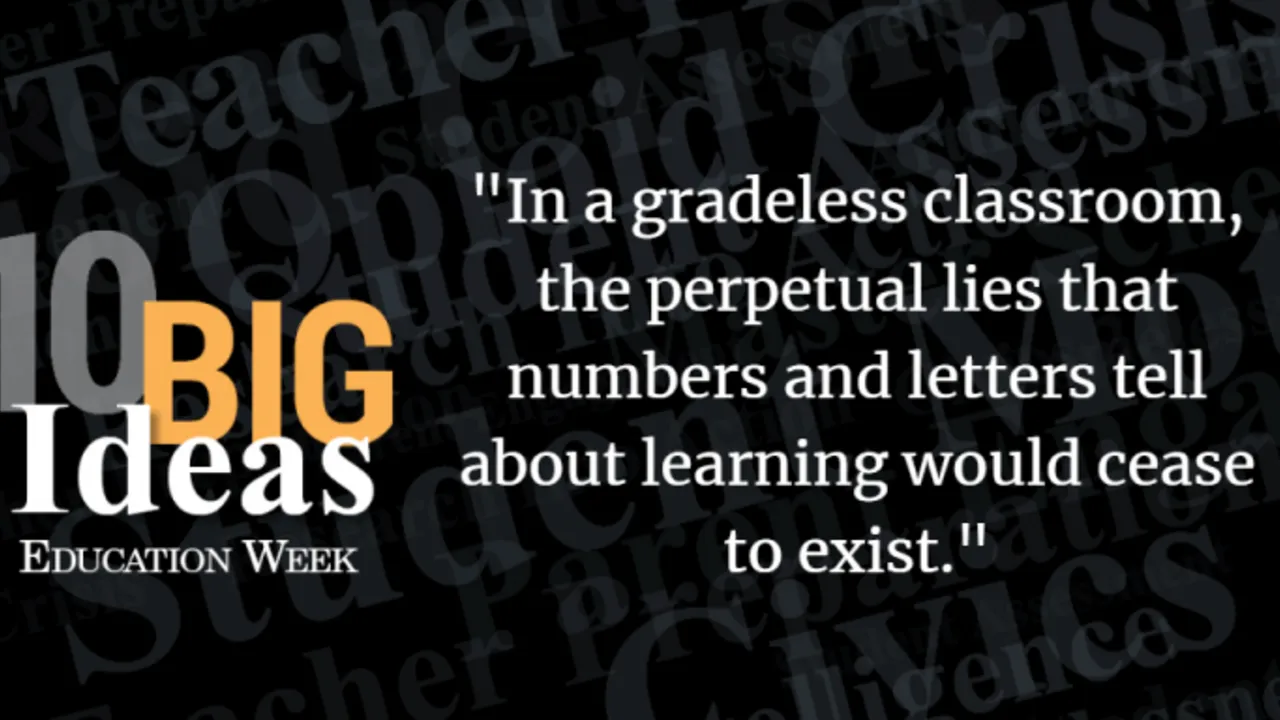4 Steps to Get Administrators Involved in School Discipline
Feb 28, 2024
Every adult who works in a school enters the building before the students arrive in the morning, each with a plan for the day. Teachers have their lessons ready; administrators have time set aside for essential meetings, working on the budget, or interviewing potential new staff; counselors and nurses have planned times for appointments, testing, and data entry into the system. And then, the school doors officially open for the day, with students flooding the hallways and filing the classrooms with all their energy and relationships, traumas and hopes. Rarely will a day in school go exactly as planned for any of the adults who work in the building.
It is impossible to plan for the time, place, and severity of students misbehaving. Often times misbehavior is minor and able to be ignored by adults. Periodically, student misbehavior can be disruptive and harmful to the learning process. At times like these adults are expected to step in. Even with the right set of professional tools, it is often challenging to pinpoint the correct course of action. When nothing seems to work and time is becoming an issue, adults have one last tool they can use: sending students to the office.
This course of action can still cause teachers anxiety. Some teachers may be concerned that students are only receiving a gentle reprimand when a more significant intervention was called for. Teachers also worry that administration doesn't have the full story when it comes to students and why they misbehave, so they become anxious that the office will be too harsh on students.
When students are sent to the office, administrators have their own set of concerns. They often wonder why the student was sent to the office for a behavior that could (or should) have been dealt with in the classroom. Administration sometimes doesn't know how an incident unfolded and what parts of the story demanded an administrative response.
On both the teacher's and the administrator's end there are uncertainties on when the office should be involved and the correct course of action administration should take to handle student misbehavior. By clearing up these uncertainties, educators can establish a positive school culture that properly handles school discipline.

Parts of this section were excerpted from Hacking School Discipline Together
Step 1: Establishing Clear Expectations
Many school leaders don't realize that teachers want more clarity when it comes to administrative involvement in school discipline. Those administrators that are aware of this may be uncertain about what their specific role in discipline is. Communicate the idea that administrators must work alongside teachers to establish clear behavioral expectations to students.
Before dealing with students, however, there must be defined roles that both teachers and administrators play in school discipline. Only when these roles are defined can you begin to help students.
Step 2: Communicate
Via email, a full staff meeting, or a smaller meeting in the school, let everyone know that you are establishing clarity about which student behaviors demand administrative intervention. Regularly revisit and reinforce these expectations through school-wide assemblies, classroom discussions, and visual reminders.
When an administrator is to get involved, teachers shouldn't just say, "Well that student is the office's problem now." and wipe their hands clean of the issue. It is the job of the teacher to communicate the issue to the administrator, so they understand what happened and why disciplinary action is needed.
Step 3: Understand Student Behaviors
Who can predict everything our students will do as they try to manage their frustrations with limited coping strategies? But these situations should be the exception, not a daily test of patience and competence. Most often, we know the most common categories and specific actions that require adult responses and interventions. By operating within a clear set of boundaries, trust between the administrators and staff improves greatly, which means we trust each other to handle those exceptional situations. Here is a list of sample behaviors that require an administrative response:
- Harming themselves or others
- Any sort of verbally or physically threatening behaviors
- Using racists, sexually explicit, or any hurtful language
- Vaping, weapons, drugs, alcohol
- Unreasonable class disruptions
- Cheating and plagiarism
- Skipping class, theft, property destruction, or a major technology infraction
Step 4: Commit to Using Restorative Practices
Now that the behaviors that require administrative intervention and the roles different educators play in school discipline are defined, school leaders–just like teachers–must be committed to using restorative practices to help students. By focusing on repairing harm and rebuilding relationships, administrators contribute to a culture where conflicts are resolved constructively, fostering growth and understanding among students.
School discipline is a multifaceted challenge that requires collaborative efforts from educators, students, and administrators alike, but many schools face the same problem: administrators don't know when to step in. By following these short steps, teachers and administrators can work cohesively to use the best school discipline practices, helping all students.






